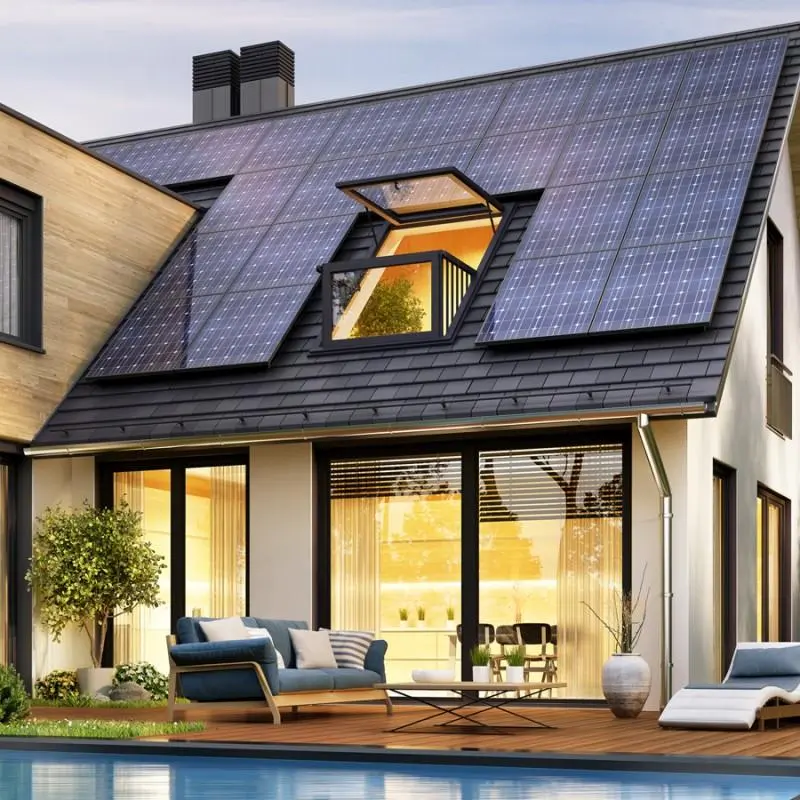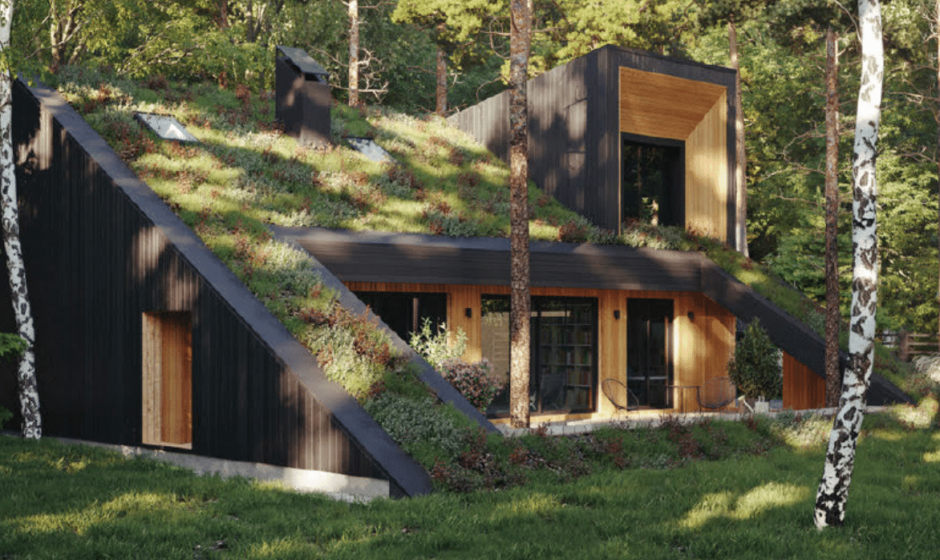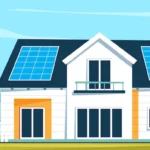Nowadays, when issues of energy efficiency and environmental concerns are becoming increasingly relevant, passive houses are replacing traditional homes, offering innovative and environmentally friendly solutions. In this article, we will look at what passive houses are, how they work, and why they are becoming increasingly popular around the world.
What is a passive house?
A Passive House is a type of housing designed using advanced technologies and energy-saving principles that minimize energy consumption for heating and cooling. The main idea of passive houses is to create the most comfortable living conditions with minimal energy consumption.
How passive houses work
The basic principle of passive houses is the maximum use of natural sources of heat and light. Here are a few key elements that make this possible:
- Insulation: Passive houses have a high degree of thermal insulation. The materials and designs used minimize heat loss in winter and keep cool in summer.
- Efficient Windows: Windows in Passive Houses usually have triple or even quadruple glazing, which reduces heat and noise leakage. They can also be equipped with solar panels for additional energy collection.
- Heat recovery ventilation systems: Passive houses provide a constant supply of fresh air, but at the same time lose a minimum of heat. Heat recovery ventilation systems transfer heat from exhaust air to fresh incoming air.
- Solar panels: Many passive houses are equipped with solar panels that generate electricity for domestic use. This allows us to reduce dependence on traditional energy sources.
- Heat Pumps: Heat pumps use heat from the environment to heat your home, making the process efficient and environmentally friendly.
Read more: ENERGY-EFFICIENT WINDOWS FOR PASSIVE HOUSES: THE KEY TO MODERN ENERGY SAVING

Advantages of passive houses
Passive houses provide many benefits, both for their owners and for the environment:
- Save energy and money: Thanks to effective insulation and modern technology, passive houses require significantly less energy for heating and cooling, which reduces utility bills.
- Comfort: High-quality insulation and ventilation systems ensure stable temperature and air quality inside the home, creating a comfortable living environment.
- Green: Passive houses reduce your carbon footprint because they use less energy from polluting sources.
- Resilience to climate change: Passive houses cope better with extreme climate conditions, such as cold winters or hot summers, making them more resilient to climate change.
- Durability : Thanks to high quality materials and modern technology, passive houses often have a longer lifespan.
Popularity of passive houses
The popularity of passive houses is growing every year. This is due to people’s growing awareness of the need to save energy and be more responsible towards the environment. In addition, many governments and organizations encourage the construction of passive houses by providing tax incentives and subsidies.
Conclusion
Passive houses are an innovative solution for those seeking comfortable and efficient housing while reducing their environmental footprint. These homes are based on advanced technology and energy-saving principles, making them attractive to people looking to live more environmentally and economically. With growing interest in passive houses and the development of related infrastructure, we can expect them to become even more common in the future.



